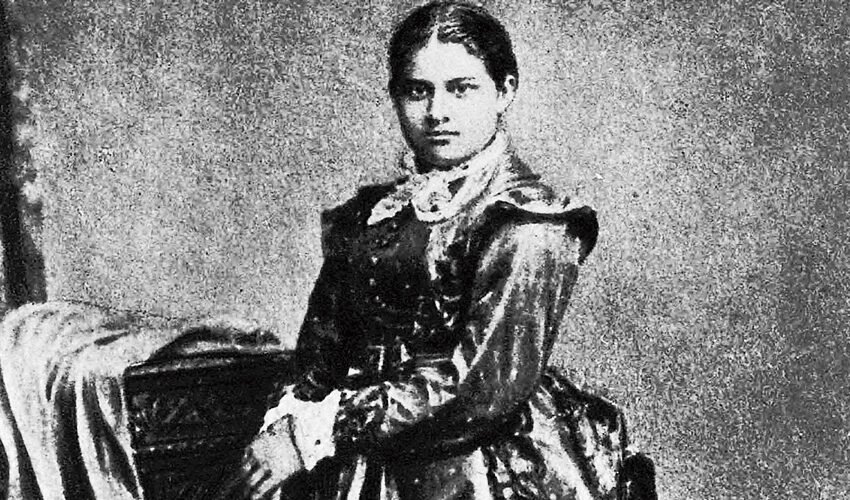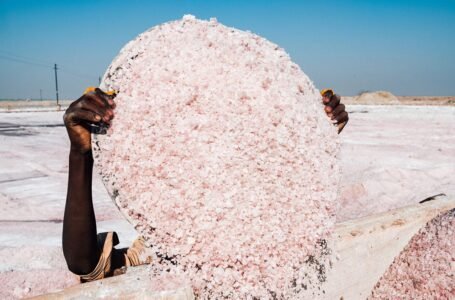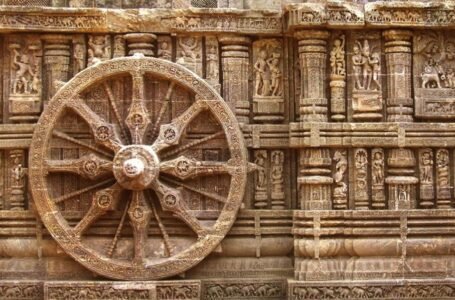Exploring Indian Literature: Toru Dutt as a Poet

-Bhoomee Vats
Even with a brief life, Toru Dutt left her mark on Indian literature and poetry. Born on 4th March, 1856, Toru was the youngest of the three siblings of the Rambagan, Calcutta Dutt family. Govin Chander Dutt, her father, was a prominent figure in Bengali society, and her mother, Kshetramoni Dutt, was very much inclined towards literature. Toru was exposed to Western culture and society when her family decided to convert to Christianity in 1862, marking a great shift in her life. Her poetry and prose not only represent Indian literature but also her ability to weave together different cultures and sensibilities.
Toru’s education was very forward considering the time. She learned English, French, and music while being homeschooled, and by the age of fourteen, she read Shakespeare and even Milton. Influencing her education and beliefs more, her family made a four-year trip to Europe, where she and her sister, Aru, ended up attending classes at Cambridge University. Her family returned to India in 1873 because of the tragic death of Toru’s brother, Abju, and sister, Aru, due to tuberculosis. Toru herself was diagnosed with the same disease, which led to her untimely death.
Writings and Works
Toru was more than just a poet or prose writer; her literary career included translating works and even writing fiction, which showed her mastery over the different languages she had picked up throughout her whole life. Her first published work was a collection of translations of French poets like Victor Hugo, Charles Baudelaire, and Leconte de Lisle, and it was named A Sheaf Gleaned in French Fields (1876). There were 165 poems in the volume, which was a big achievement for a twenty-year-old woman. Praising her work, Edmund Gosse said it is “a wonderful mixture of strength and weakness,” as the volume shows Toru’s immaculate ability to write poetry and fuse its contrasting elements.
Toru’s love for French literature did not stop just at translation; her French novel, Le Journal de Mademoiselle d’Arvers, was published posthumously in 1879. The novel tells the story of a French girl named Marguerite and is written in the form of a diary, exploring the themes of love, loss, and redemption. Toru’s command of the French language impressed the French critics a lot, and that’s why her work was praised a lot and well received in France. The following are some of her other famous works:
- A Sheaf Gleaned in French Fields (1876)
- A collection of translations from French poets, including Victor Hugo, Charles Baudelaire, and Leconte de Lisle.
- Bianca, or The Young Spanish Maiden (1878)
- An unfinished romance published serially in the Bengal Magazine after her death.
- Le Journal de Mademoiselle d’Arvers (1879)
- A novel written in French, published posthumously. It tells the story of a young French girl, Marguerite, and explores themes of love, loss, and redemption.
- Ancient Ballads and Legends of Hindustan (1882)
- A posthumously published collection of nine narrative poems based on Indian myths and legends, including “Savitri,” “Sita,” and “Lakshman.” The collection also includes lyrical poems such as “Our Casuarina Tree” and “Baugmaree.”
- Essays and Translations
- Toru Dutt wrote critical essays on Leconte de Lisle and Henry Derozio, which were published in the Bengal Magazine in December 1874.
- She also translated speeches by Victor Hugo and Adolphe Thiers, published in the Bengal Magazine in 1875 under the title A Scene from Contemporary History.
- Letters and Diaries
- Toru Dutt’s correspondence with her English friend Mary Martin and French writer Clarisse Bader was published in Life and Letters of Toru Dutt (1921) by Harihar Das.
- Although her travel diaries from Europe were never published, they are mentioned as significant personal records.
Toru as a Poet
The poetry of Toru is known for its vivid imagery, profound expression of emotions, and even its lyrical beauty. She combined and blended Indian mythological themes with Western ideas and beliefs, which made her different from all the other writers and poets of her time and even in contemporary times. Even though Toru used themes from Indian mythology, her stories were not mere retellings; they were her interpretation, and each was uniquely told. One such example of her work is Ancient Ballads and Legends of Hindustan, in which she breathes new life into the ancient tales in the form of a ballad. These elements and features of Toru’s poetry made them stand out from every other work written. She did not just write; she expressed truly all that she felt in the moment and captured it all beautifully. However, Toru’s poetry comes with its limitations. Some critics have noted that her work occasionally points towards idealism, with her portrayals of Indian mythology lacking the important element of realism compared to her European counterparts.
Conclusion
Toru Dutt’s life is proof that literature has no boundaries whatsoever. Her legacy is one of the greatest achievements with the most prominent influences. She was one of the first Indian writers to gain recognition in the West, and her works continue to be analysed and celebrated for their literary features and cultural significance. Her ability to bridge the gap between Indian and Western scholarly traditions has made her a role model for the new generations of Indian writers. She paved the way for upcoming writers like Sarojini Naidu and Rabindranath Tagore, who would achieve international recognition and credit from many critics.
Toru Dutt’s poetry highlights the shared complexities of the human experience and mind. Her poetry and prose, marked by their lyrical beauty, emotional depth, and cultural richness, are relatable to readers even today. Though her life was tragically short, Toru Dutt’s literary legacy continues to live on even in modern times, spreading its fragrance in the garden of Indian English literature. Reflecting on her contributions reminds us that her words have enduring power to inspire, heal, and transform. Her voice, though lost too soon, remains a beacon of light and a source of hope for generations to come.


